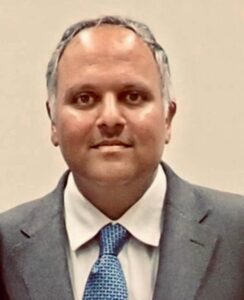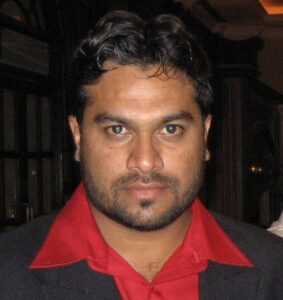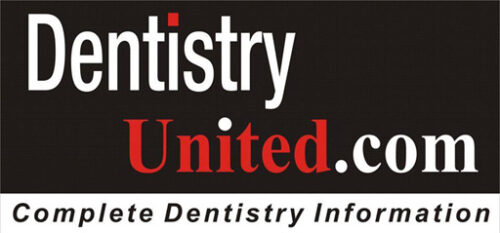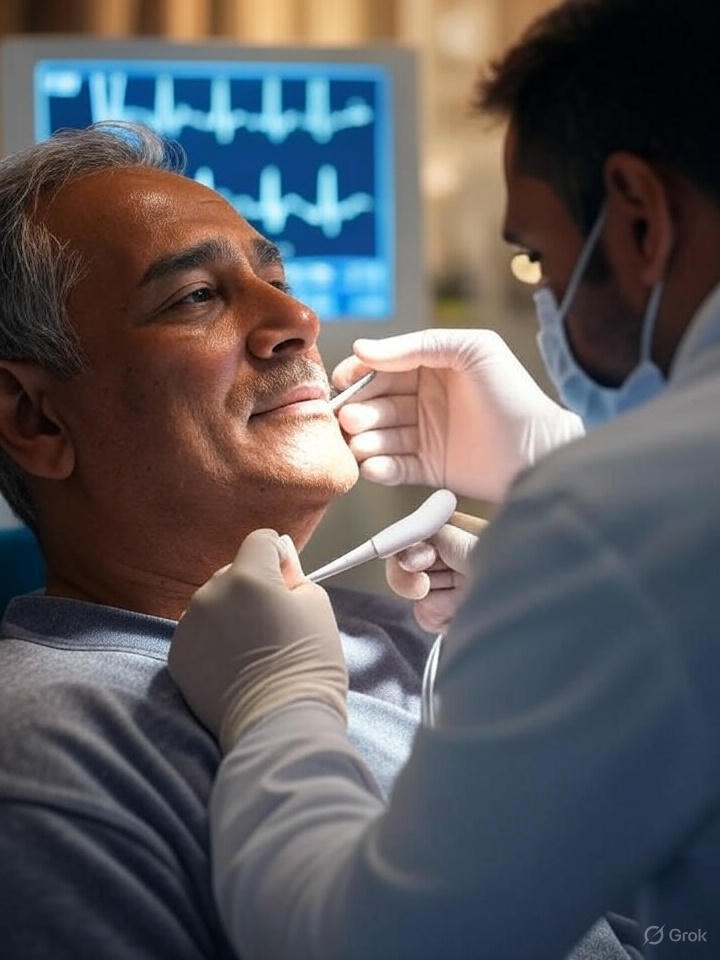A telephone conversation between Prof. E Sham and Dr. Syed Nabeel
“Good morning, Nabeel. Are you free for five minutes?”
The voice at the other end was unmistakable—Prof. Sham, Head of Oral and Maxillofacial Surgery at Vydehi Institute and a Consultant Microvascular Reconstructive Surgeon. His tone bore the gravity of someone who’d just walked out of a theatre where anatomy meets uncertainty.
“Of course, sir. What’s on your mind?” I asked, already sensing this wasn’t a casual chat.
A Single Tooth, A Systemic Ripple
“I just finished reviewing a case. Simple extraction done at a suburban clinic. The patient collapsed later that evening. Turned out he had underlying ischemic heart disease. No pre-op ECG. It’s becoming too frequent, Nabeel.”
I stayed quiet, because the truth echoes louder when you already know it.
“Sir, but… isn’t extraction minor?”
“That’s precisely the illusion we must break,” Sham said. “An extraction triggers a vascular response. Catecholamines surge. Pain, anxiety, LA with adrenaline—each of these can precipitate ischemic changes. And science is catching up.”
What the Literature Says
➤ Study 1: ECG Changes Post Extraction
PMID: 30359555
Researchers observed significant ST-segment depression and T-wave inversion in multiple patients undergoing routine dental extraction, even when preoperative ECG was normal.
Conclusion? Extractions are not benign—each causes temporary, sometimes alarming, myocardial stress.
➤ Study 2: The Role of Anxiety
PMC6586777
Patients with preoperative dental anxiety exhibited tachycardia, premature atrial contractions, and even QTc prolongation during minor oral surgical procedures.
Conclusion? Anxiety alone, without surgical trauma, can mimic or trigger ischemic-like ECG changes.
➤ Study 3: Cardiovascular Insights from Dr. Sham’s Research
In a poignant reflection of his own findings, published in the International Journal of Dental Clinics (Vol. 4, No. 1, Jan. 2012, pp. 10+), Dr. Ehtaih M. Sham, alongside co-authors Shripat B.H. Rao and Nishat Sultana, meticulously evaluated cardiovascular changes in patients undergoing routine minor oral surgical procedures under local anesthesia. Their work revealed moderate blood pressure and heart rate fluctuations, with subtle yet notable ST-T wave alterations and cardiac arrhythmias in some cases. Though no overt myocardial injury was confirmed, the study underscores the need for heightened vigilance, accessible at link.gale.com/apps/doc/A347165408/AONE. This research amplifies the urgency of Prof. Sham’s call to action, bridging his clinical
ECG Isn’t Optional—It’s Ethical
“The dental chair isn’t just about molars and forceps anymore,” Sham said. “It’s become an unintended cardiovascular stress test. And yet we aren’t reading the results.”
Most private dental setups don’t have ECG. Even fewer know how to interpret them.
“When an anxious 55-year-old hypertensive walks in for extraction, we check BP, maybe pulse, then inject adrenaline, cut a ligament, sever blood supply, and hope the body copes. That’s a gamble,” he said.
Why Regulation Must Catch Up
“In the West, known hypertensives over 45 often require pre-op ECG and medical clearance,” he added. “India’s DCI still lists it as discretionary.”
He outlined what should become protocol:
- Mandatory ECG interpretation training in final BDS and MDS curriculum.
- Adoption of portable 6-lead ECG devices in all oral surgery setups.
- Pre-op clearance from a physician or cardiologist for patients with:
- Known hypertension or diabetes
- Age > 50 years
- History of chest pain or breathlessness
- ECG anomalies or prior angioplasty
Extraction Socket ≠ Innocent Space
“Last year we lost a man post molar extraction. Recent MI. No ECG. The LA with adrenaline triggered arrhythmia,” Sham recalled.
“Nabeel, the PDL isn’t just fibrous—it’s vascular. When you sever it, you’re invoking systemic changes. This isn’t minor.”
Action Points for Dental Surgeons
Don’t Proceed Blindly
Ask: “Is this patient cardiovascularly stable for extraction?”
Read the ECG
Key red flags:
- ST-segment changes
- T-wave inversion
- QTc prolongation
- Irregular rhythm
Control Anxiety
Offer anxiolytics (if safe), pre-op counselling, and stress-minimizing environments.
Use LA Judiciously
Avoid adrenaline-containing LAs in cardiac-risk patients unless fully indicated.
Document Everything
BP, pulse, ECG, medications, clearance, consent—protect the patient and yourself.
In Closing
Prof. Sham’s parting words still echo:
“The mouth is where the heart can cry out. And too often, we ignore its voice.”
He’s right. We are oral surgeons, yes—but we are physicians of the head and neck. The onus is on us to think beyond the socket, beyond the suture.
“Thanks for the call, sir,” I said.
“And thank you, Nabeel. It’s time we bring the heart back into dentistry.”
A Personal Note of Gratitude
Every time Prof. Sham calls, I learn something that textbooks never taught me. Today, it was about ECGs and cardiac risk; last time, it was about why dentists must walk 10 kilometers a day—for their hearts, joints, and clarity of mind.
And somewhere in between those calls, he always reminds me to stay hydrated and to never let professional burnout dehydrate the spirit.
To every young dentist reading this: your mentors are walking encyclopedias—listen to them not just for surgical steps, but for how to live longer, operate wiser, and breathe easier.
— Dr. Syed Nabeel
DentistryUnited | Smile Maker Dental Clinic, Mysore
About Dr Ehtiah Sham :

About the Author

Dr. Syed Nabeel, BDS, D.Orth, MFD RCS (Ireland), MFDS RCPS (Glasgow), is a clinician-scholar whose career spans over two decades at the intersection of orthodontics, neuromuscular dentistry, and digitally integrated diagnostics. As Clinical Director of Smile Maker Clinics Pvt. Ltd., he has pioneered a philosophy of care rooted in anatomical precision, occlusal neurophysiology, and contemporary AI-enhanced workflows. A Diplomate in Orthodontics from Italy and an alumnus of advanced programs at Various International Universiteis , Dr. Nabeel brings a globally benchmarked clinical acumen to the nuanced management of temporomandibular disorders, esthetic rehabilitation, and algorithm-guided orthodontics.
In 2004, he founded DentistryUnited.com, a visionary platform connecting over 40,000 dental professionals through peer learning and collaborative dialogue. His academic drive led to the launch of Dental Follicle – The E-Journal of Dentistry (ISSN 2230-9489), a peer-reviewed initiative now indexed in EBSCO, fostering interdisciplinary scholarship across clinical domains.
A prolific educator, he has contributed to UGC and national broadcast media as a subject expert and regularly speaks at scientific forums, favoring small-group, discussion-based formats that emphasize clinical realism over theoretical abstraction. His ethos remains steadfast: knowledge, when shared freely, multiplies in value. Dr. Nabeel continues to shape the future of dentistry through research, mentorship, and his enduring commitment to elevating practice standards in India and beyond.

